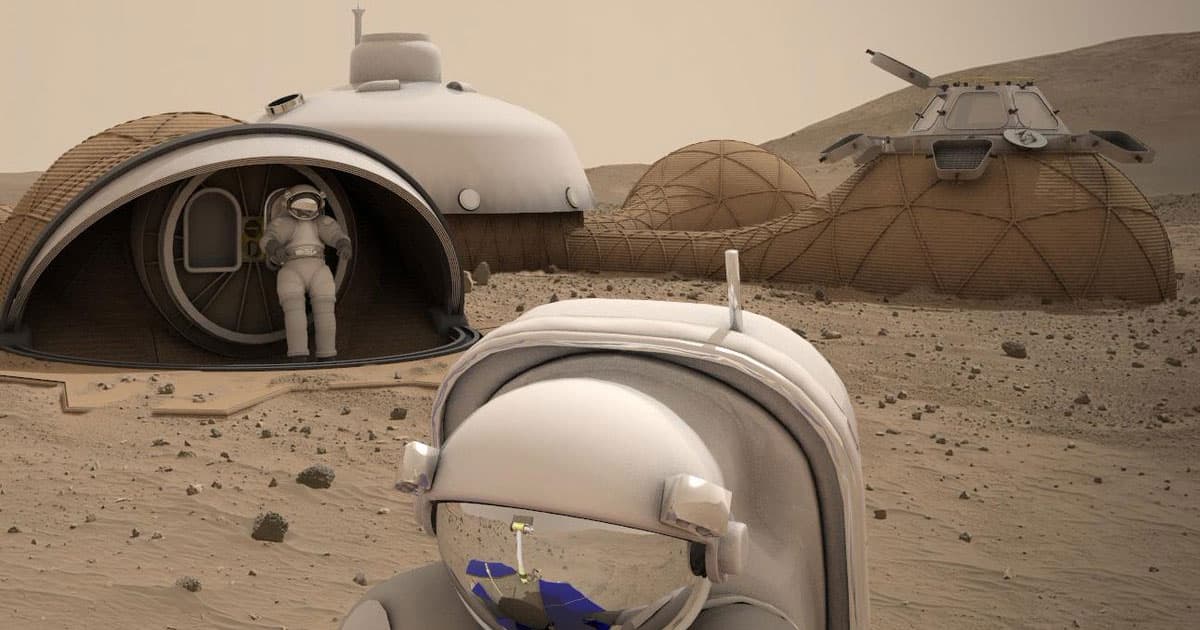Space Gardens
Scientists think they've found a way to terraform Mars — and all it takes is a thin blanket of insulation over future space gardens.
A layer of aerogel just two to three centimeters thick may be enough to protect plants from the harshest aspects of life on Mars and create viable greenhouses in the process, according to research published Monday in the journal Nature Astronomy. While there are a host of other problems to solve before anyone can settle Mars, this terraforming plan is far more feasible than other ideas that scientists have proposed.
Two of the biggest challenges facing Martian settlers are the Red Planet's deadly temperatures and unfiltered solar radiation, which is able to pass through Mars' weak atmosphere and reach the surface, New Scientist reports. At night, it can reach -100 degrees Celsius, which is far too cold for any Earthly crops to survive.
A team of Harvard, CalTech, and University of Edinburgh scientists recreated Mars-like conditions in a lab to test out their aerogel greenhouses, per the research. The lightweight silica material is mostly just air, so life-giving sunlight easily passes through it to reach photosynthetic plants.
However, the aerogel layer filtered out over 60 percent of the harmful ultraviolet radiation that reaches Mars and over 99.5 percent of the particularly-dangerous ultraviolet C radiation. Through the greenhouse effect, the aerogel also raised the temperature of the ground beneath it by 50 degrees C. That may be enough, according to New Scientist, to thaw out ice trapped beneath the surface and jumpstart a localized version of the water cycle.
Scientists have a long road ahead of them before we're ready to terraform Mars — we're still just learning about some of the bizarre and dangerous ways that space travel impacts the human body. But at the very least, these aerogel greenhouses are conceptually feasible.
Other plans to terraform Mars include aiming gigantic mirrors at the planet to melt the planet's ice caps. Or there's Elon Musk's brilliant plan to drop nuclear bombs on Mars as a means of introducing enough carbon dioxide to support an atmosphere.
"It's a very different approach to a lot of these global terraforming ideas," Harvard's Robin Wordsworth told New Scientist of the aerogel concept. "But it has the advantage that we could actually do it in the next few decades rather than much further in the future."
READ MORE: Terraforming Mars with strange silica blanket could let plants thrive [New Scientist]
More on terraforming Mars: Scientists Say We Can't Terraform Mars. Elon Musk Says We Can
Share This Article
